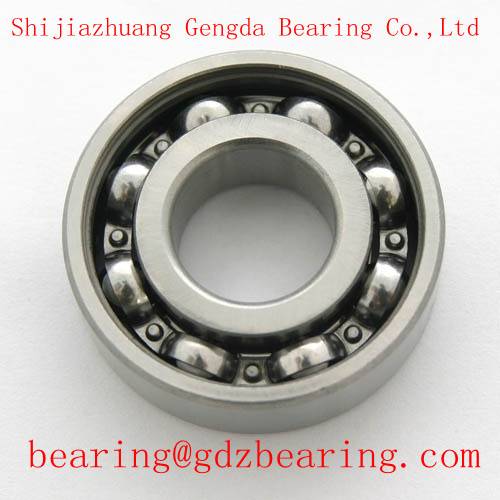Ball bearings have been around for over a century, and they have become an essential component in many industries. Bearing manufacturers like China Ningbo Cixi LGGB Bearings Co., Ltd. have played an important role in the manufacture of high-quality bearings that meet the needs of different industries.

What are Ball Bearings?
A ball bearing is a type of rolling-element bearing that consists of a series of balls that are placed in between two circular races. The balls rotate, allowing the two races to rotate independently of each other. The primary function of a ball bearing is to enable the free rotation of a shaft or axle, while also minimizing friction between the moving parts.
Types of Ball Bearings
There are several types of ball bearings, including radial ball bearings, angular contact ball bearings, thrust ball bearings, and self-aligning ball bearings.
Radial ball bearings are designed to support radial loads - that is, loads that act perpendicularly to the shaft or axle. These bearings can handle both axial and radial loads and are commonly found in motors, pumps, and machine tools.
Angular contact ball bearings are designed to handle both axial and radial loads at the same time, making them ideal for high-speed applications such as machine tools and aerospace applications.
Thrust ball bearings are specifically designed to handle axial loads, making them common in applications where there is heavy thrust or axial loading, such as gearboxes and industrial machinery.
Self-aligning ball bearings are designed to self-align, which means they can compensate for misalignment of the shaft or mounting. This makes them ideal for applications where alignment is difficult to achieve, such as conveyor systems and agricultural equipment.
Importance in Various Industries
The use of ball bearings has revolutionized many industries, making machines and equipment more efficient, reliable, and durable. Some of the industries that rely heavily on ball bearings include automotive, aerospace, industrial, construction, and power generation.
In the automotive industry, ball bearings are used in a range of automotive applications, such as wheel bearings, engine bearings, and transmission bearings. Ball bearings help to improve fuel efficiency, reduce noise and vibration, and enhance the overall performance of the vehicle.
In the aerospace industry, ball bearings are essential in a range of applications, such as aircraft engines, landing gear, and control systems. Ball bearings help to reduce weight, increase reliability, and reduce maintenance requirements, making them an essential component in the aviation industry.
In the industrial sector, ball bearings are used in a range of applications, such as conveyor systems, machine tools, and industrial robots. Ball bearings help to reduce friction, extend service life, and increase efficiency, helping to improve the productivity and profitability of industrial operations.
In the construction industry, ball bearings are used in a range of equipment, such as cranes, excavators, and backhoes. Ball bearings help to reduce wear and tear on equipment, improve performance, and increase service life, making them essential in the construction industry.
In the power generation industry, ball bearings are used in a range of applications, such as generators, turbines, and compressors. Ball bearings help to reduce friction, increase efficiency, and enhance performance, making them an essential component in the power generation industry.
Conclusion
In conclusion, ball bearings have become an essential component in many industries, enabling the efficient and reliable operation of machines and equipment. Bearing manufacturers like China Ningbo Cixi LGGB Bearings Co., Ltd. have played a vital role in the development of high-quality, reliable, and cost-effective ball bearings that meet the needs of different industries. As technology advances, the demand for ball bearings is likely to increase, making them an important industry to watch in the years to come.